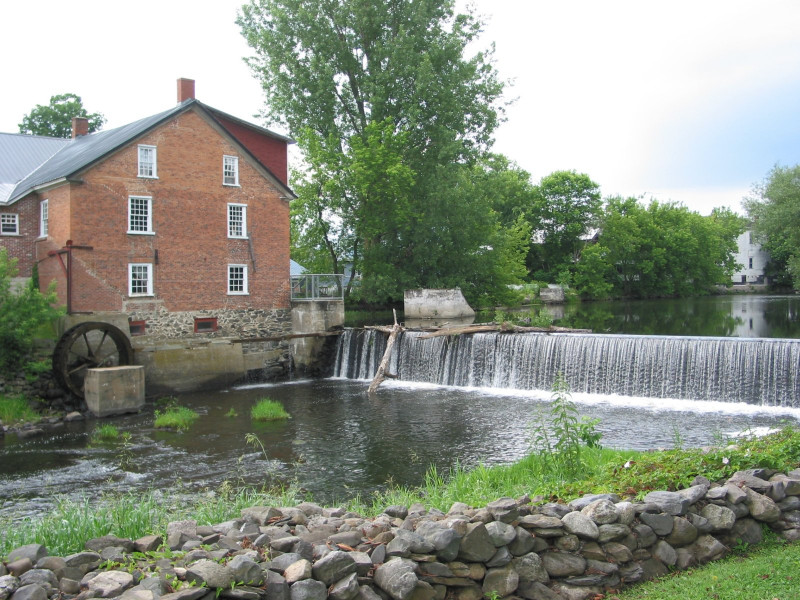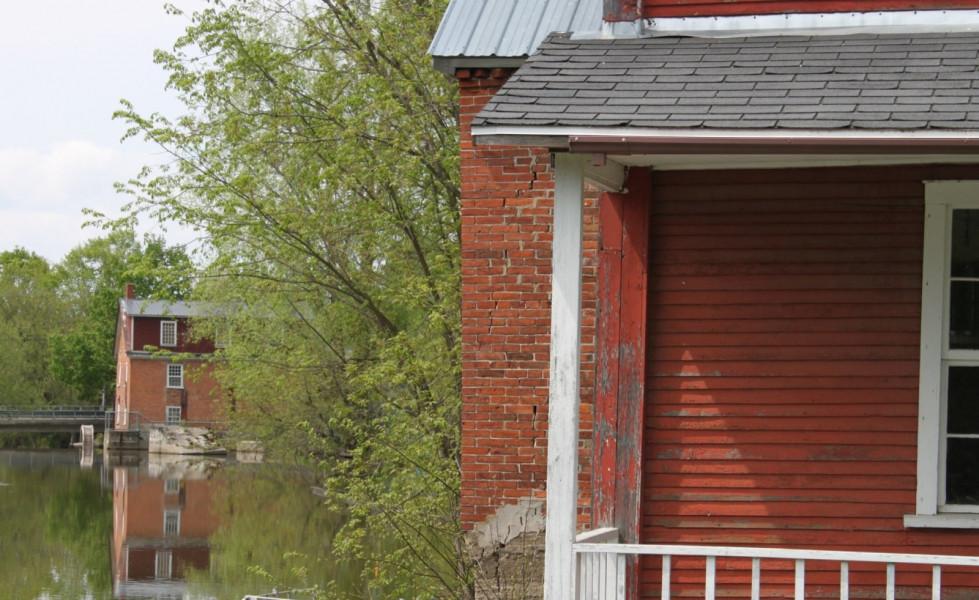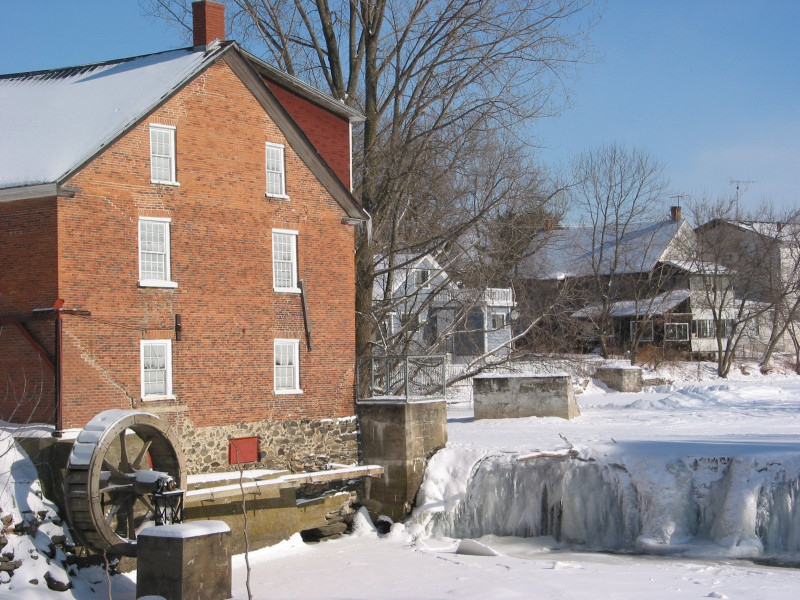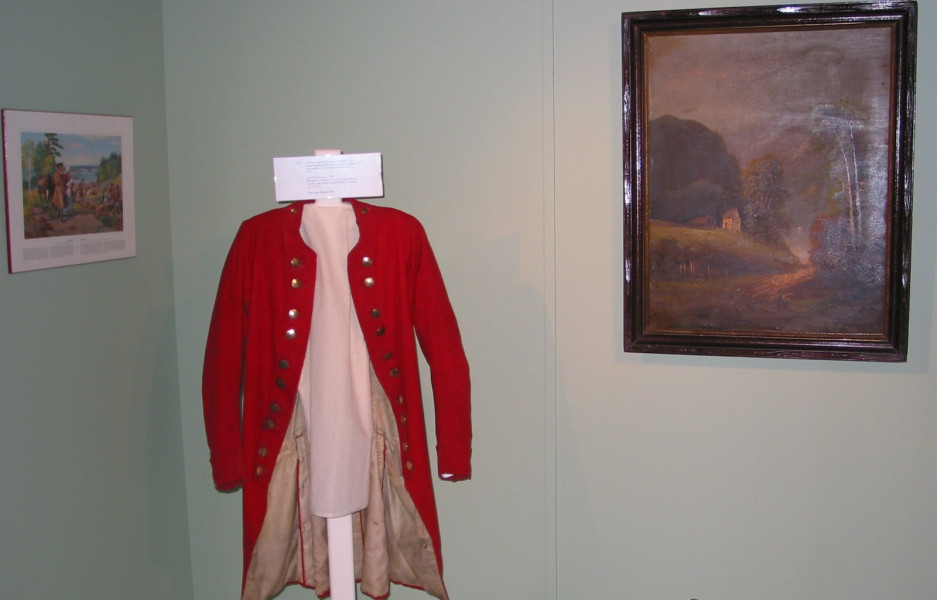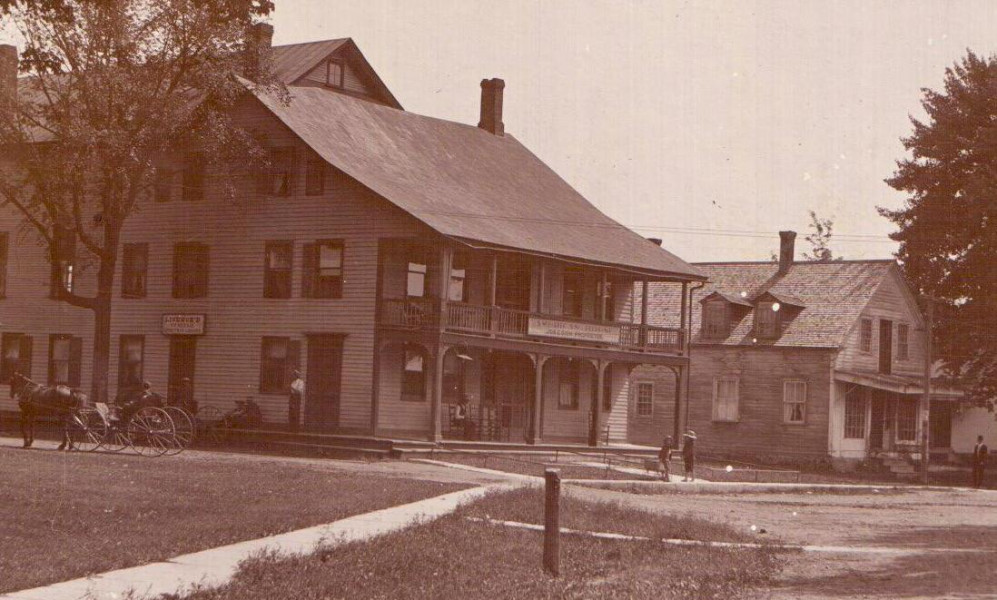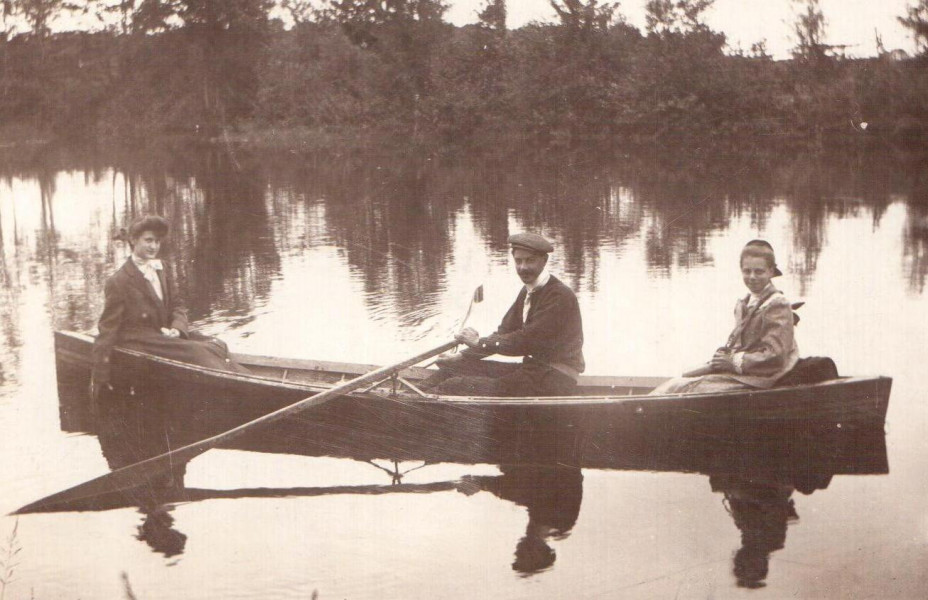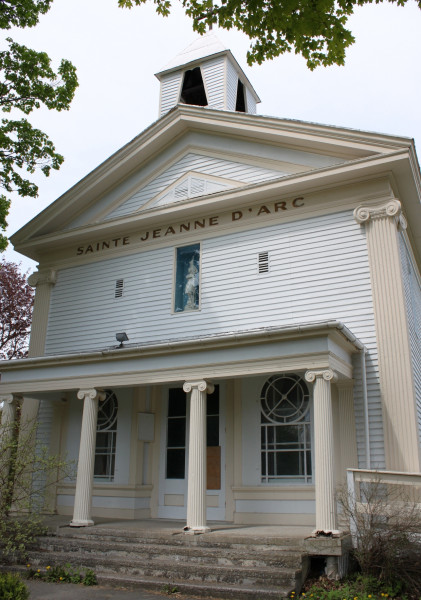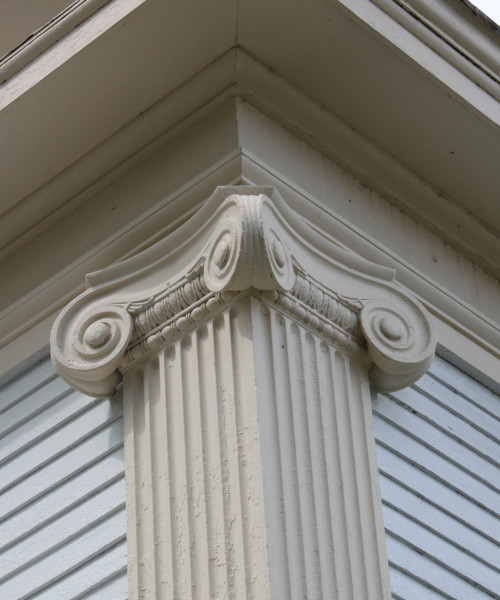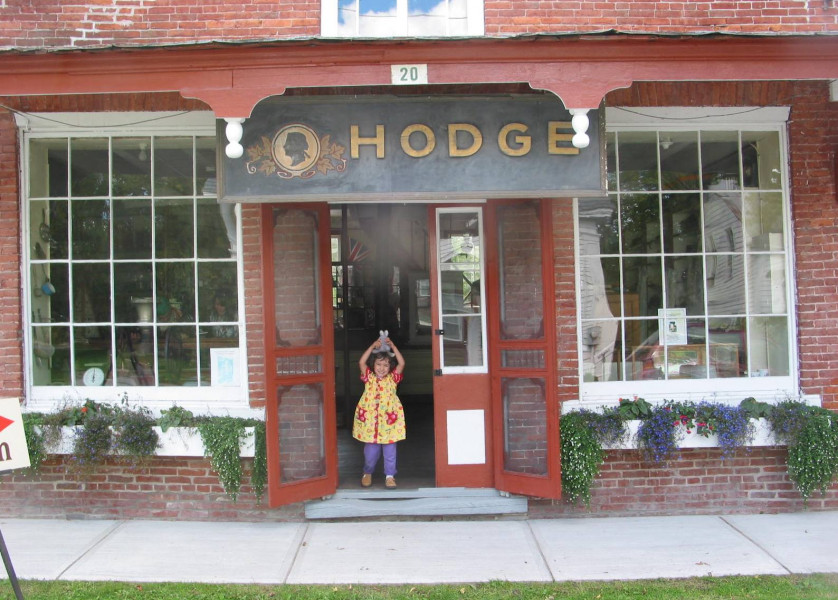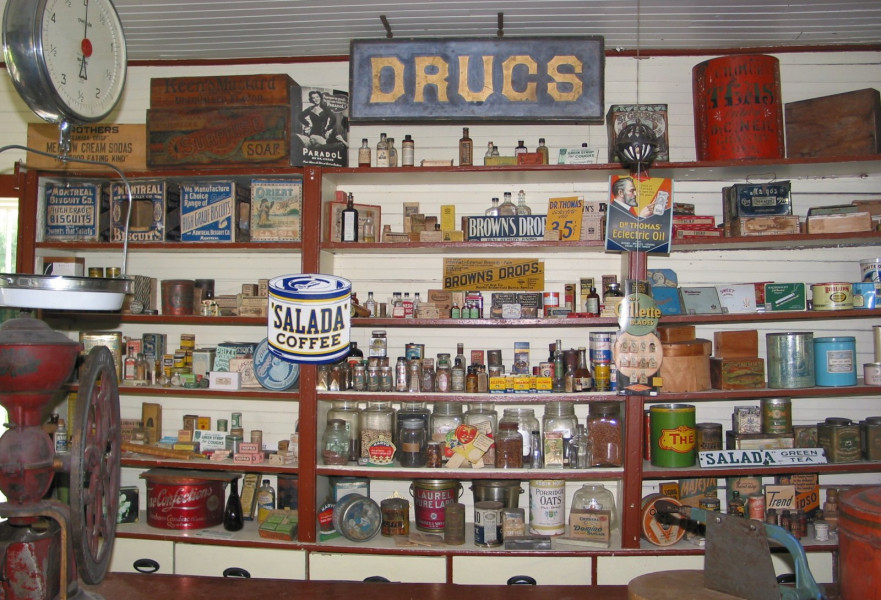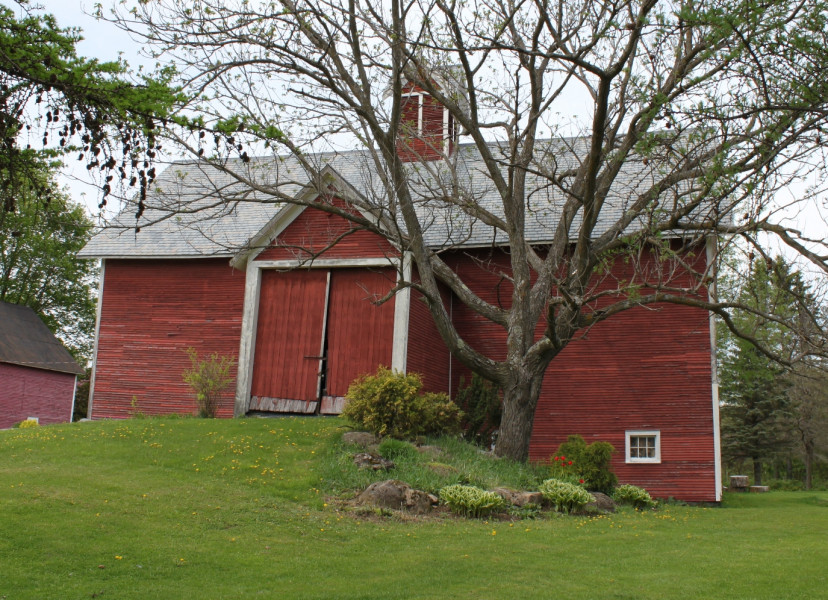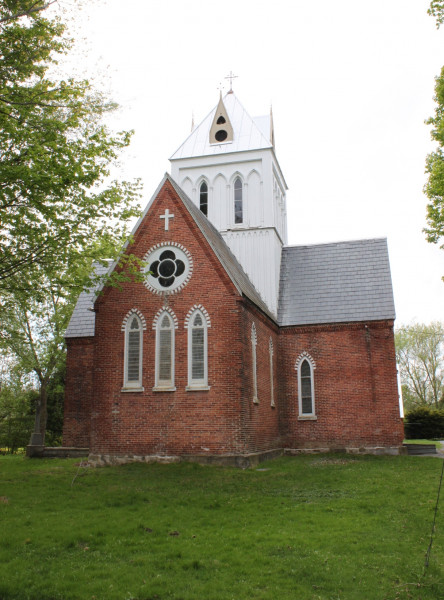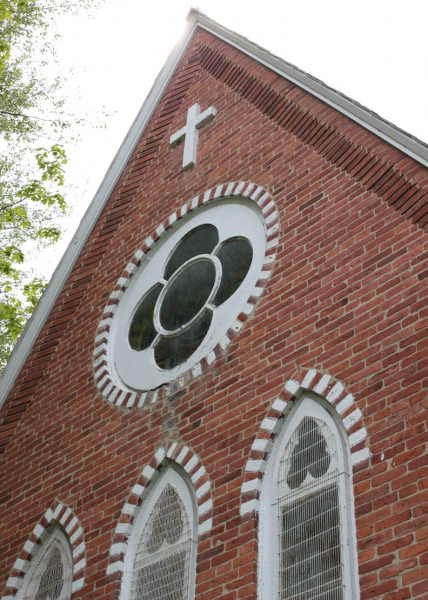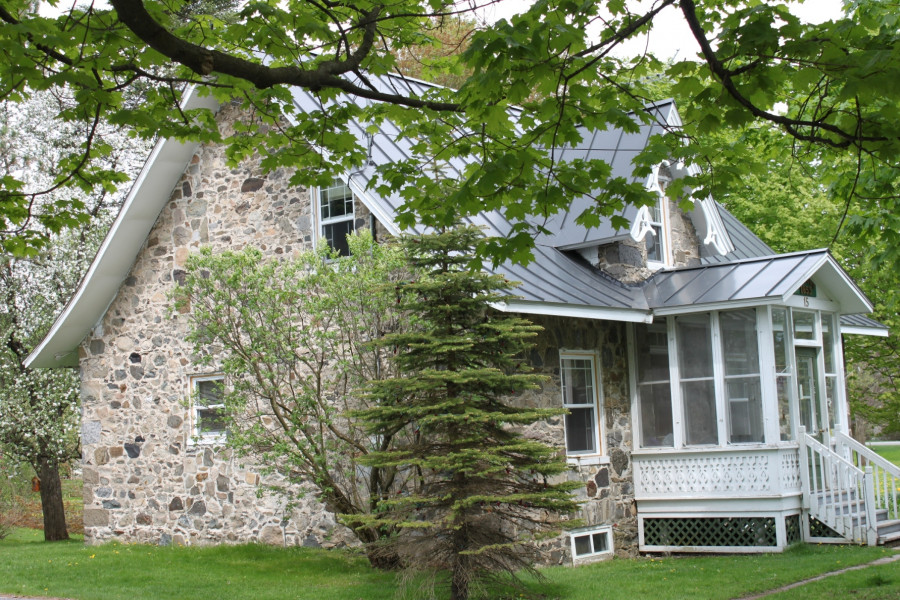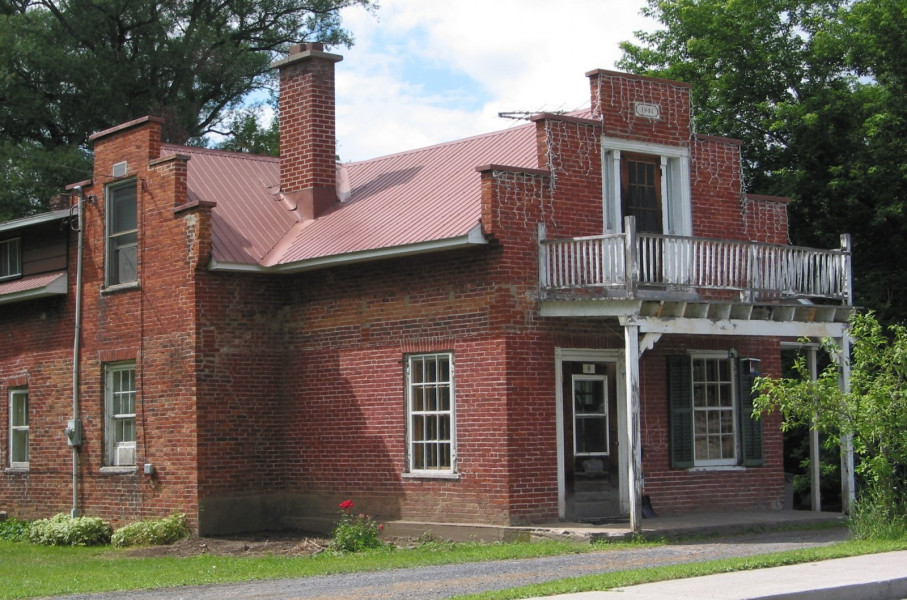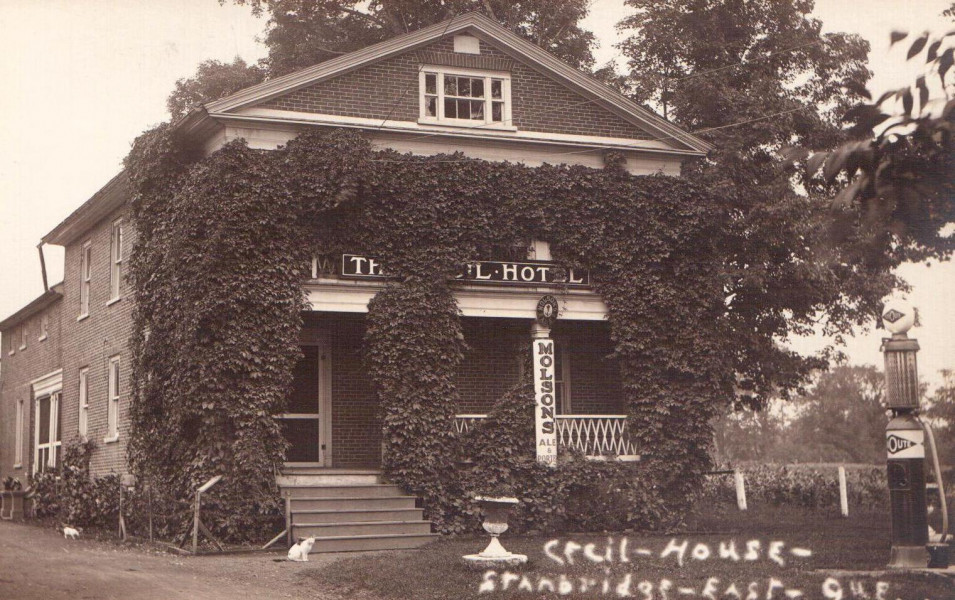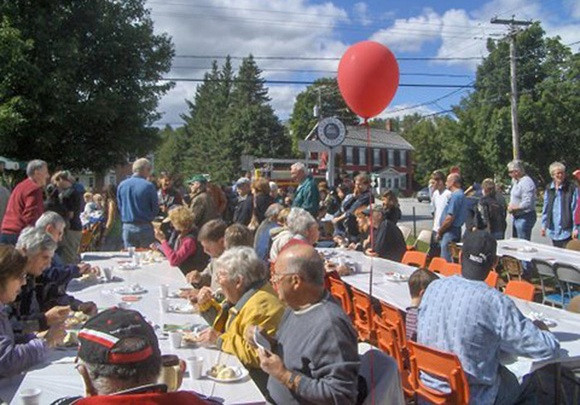The Missisquoi Museum is a highlight of any trip through Missisquoi County, and an excellent starting point for a walking tour around the picturesque village of Stanbridge East.
Housed in the historic Cornell Grist Mill, which has hugged the banks of the Pike River in Stanbridge East since 1830, the Missisquoi Museum is spread out over several levels of the sprawling old structure.This museum is not your typical museum. The aging brick walls are cracked and slanted. The smell of old wood is everywhere. And the sound of the river below is ever-present. All of these things, however, somehow lend an air of authenticity to the museum and its contents.
The Missisquoi Historical Society, which runs the museum, was founded in 1899. One of the oldest historical societies in the Eastern Townships, its mission is to preserve and promote the history of this part of the Townships, with special emphasis on the area's United Empire Loyalist roots.
Visitors to the museum will discover some of the most treasured objects from Missisquoi's past. One artifact, particularly prized, is the redcoat worn by pioneer Hendrick TenEyck during the American Revolution to escape being pressed into the British Navy. Another treasure is the flag of the Missisquoi "Home Guards" who defended the Canadian Border against the Fenians at the Battle of Eccles Hill in 1870. That was the last time the country was invaded!
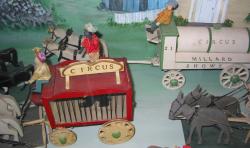
A stroll along Stanbridge East’s tranquil, tree-lined streets is virtually a walk into the past. The village, with a population of just over 800, was by-passed by the highway years ago. Indeed, things never seems to change here – or at least, not much. This, of course, is part of Stanbridge East’s charm, and has earned the village membership in Quebec’s Association of Most Beautiful Villages…
